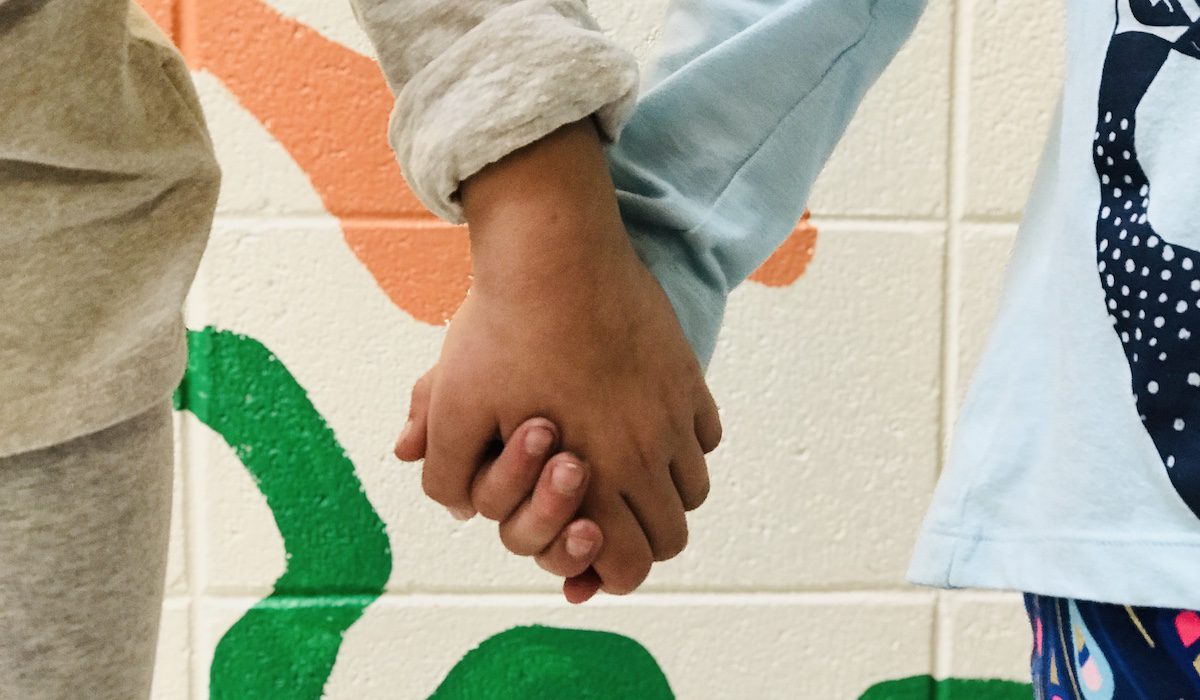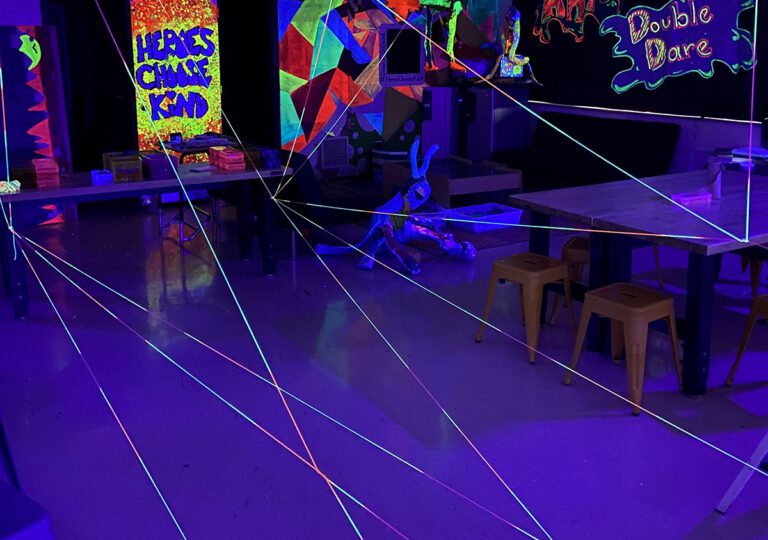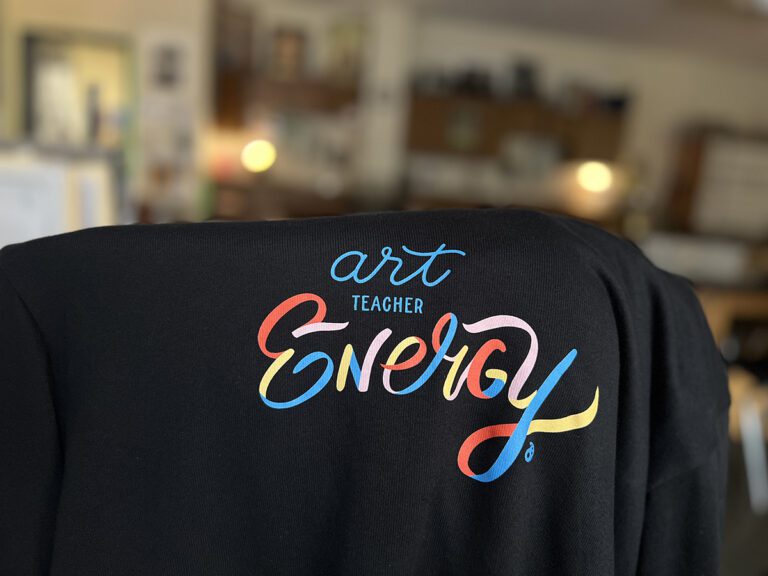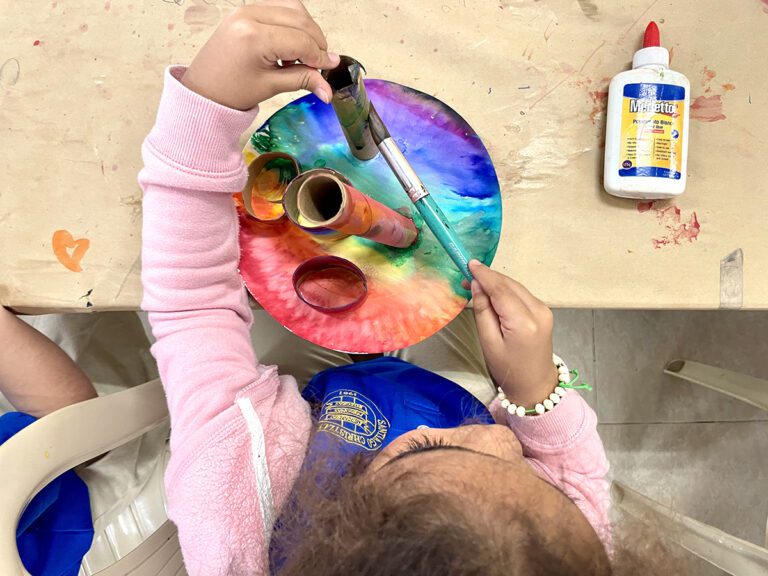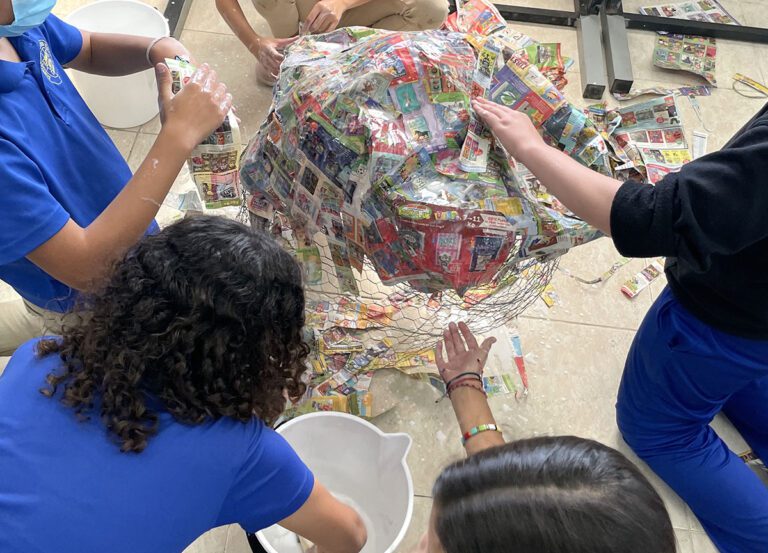Being an art teacher is made up of two really important big jobs. Your first job is to teach art and creativity, and your second job is to teach students how to be good people. In this fast-paced, high stress, head-down world, our little artists need to interact and understand each other now more than ever. Empathy might be one of the most important character traits to practice. So, what exactly is empathy?
Empathy is the ability to share and understand the feelings of others.
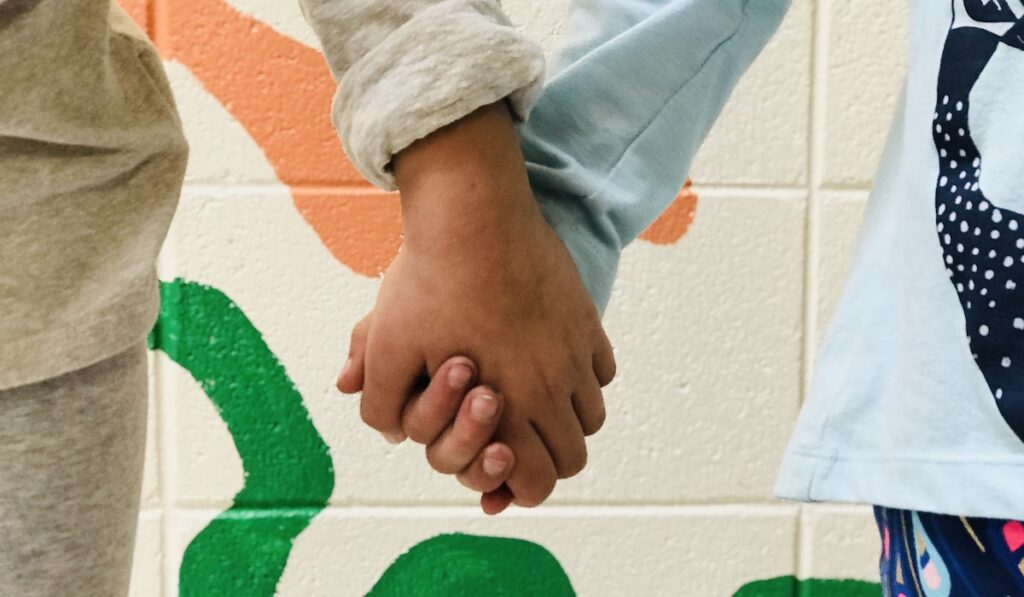
A great visual representation of empathy, especially in comparison to sympathy, is this beautiful video featuring Brené Brown.
Picture your own classroom. Do you notice your students practicing empathy? Do they know how to understand and support one another? Is your classroom a “me” or a “we” environment?
Check out this video to show students another way to explain empathy.
Let’s be honest, our students won’t always remember each and every art project they did. They won’t all become professional painters and sculptors. However, they will remember the way they felt during art class and the lessons they learned about becoming the best versions of themselves. So, what are some ways to teach kids empathy?
Here are 4 ways to show and practice the skill of empathy in your classroom:
1. Model it.
Want kids to learn how to solve problems? Show them! Want kids to learn proper weaving techniques? Show them! Want kids to learn to show empathy toward others? Show them!
Do not assume kids know how to act or what to say. Something that might seem so simple, like asking how someone is feeling, is a lesson that needs to be modeled. Have you ever had a student ask you, “How are you doing today?” It is a great sign they are thinking of the world outside themselves. It’ll stop you right in your tracks… “Wait, you want to hear about ME?”
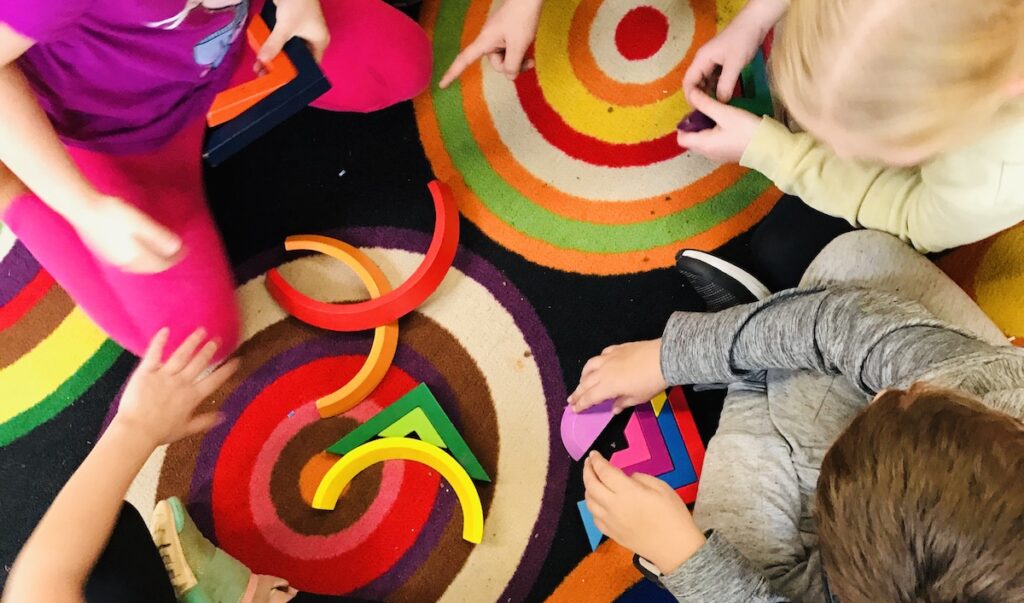
Check out this awesome collection of videos and lessons about kindness, empathy, and resilience!
2. Select a “Kind Kid.”
There are great benefits from greeting your students at the door. But, why not take it a step further? To encourage empathy, have a “kind kid” be the class greeter! Pick a student who welcomes members of their incoming class at the door. Encourage them to say phrases like, “Welcome!,” “You’re going to be great today!” “I’m here for you!” or, “Be strong!” Nonverbally, they can also give high fives or waves to welcome students into the art room.
If you decide to add a “kind kid” welcomer to your classroom routine, remember you have to teach students what is acceptable welcoming behavior. This “kind kid” welcome routine can encourage students to focus on individuals other than themselves. Over time, “kind kid” greeters will continue practicing being empathetic toward their peers’ specific feelings.
3. Have students be “masters.”
Can you picture the artists in your classroom who just want to help? Can you see the students who love having jobs? Can you envision the students who neatly finish projects quickly? Being a “master” can help with many of the kids you are currently picturing!
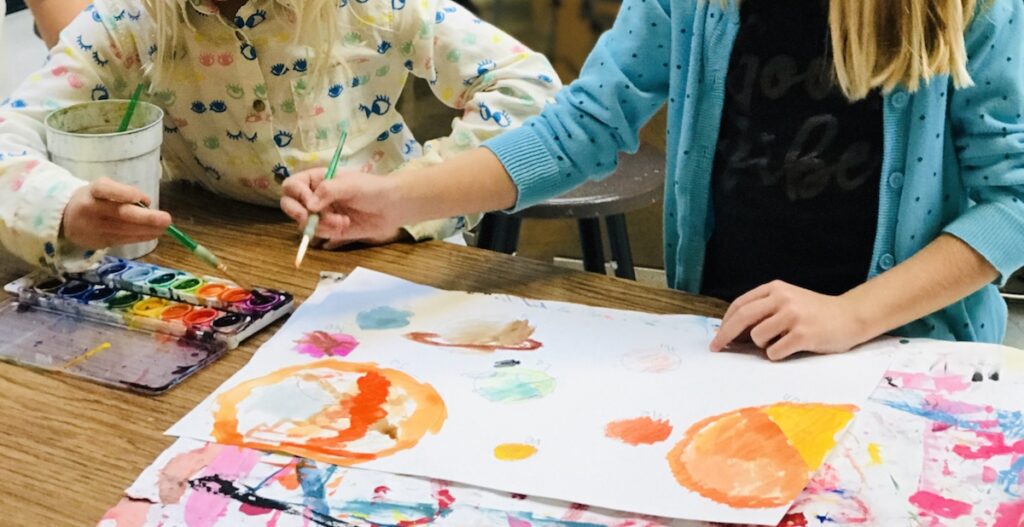
The young artists in your classroom will practice empathy by thinking about their fellow artists. Depending on the project and grade level, this technique may be the perfect addition to your teaching routine. Ask students who have already completed their daily art steps to be a “master. A “master” finds a friend who needs help and says to them, “I’m a master painter, do you need help?” Of course, the friend can choose to respond, “No, thank you” or choose to accept the help and instruct the “master” to help paint in a certain area of their artwork. Observing a classroom full of artists excited to help will warm your heart!
Admittedly, the use of “masters” works best with elementary students. If you’d rather not have multiple artists working on a single student’s artwork, try and think of some ways to incorporate steps during an artmaking process that requires teamwork, such as tying together sketchbooks!
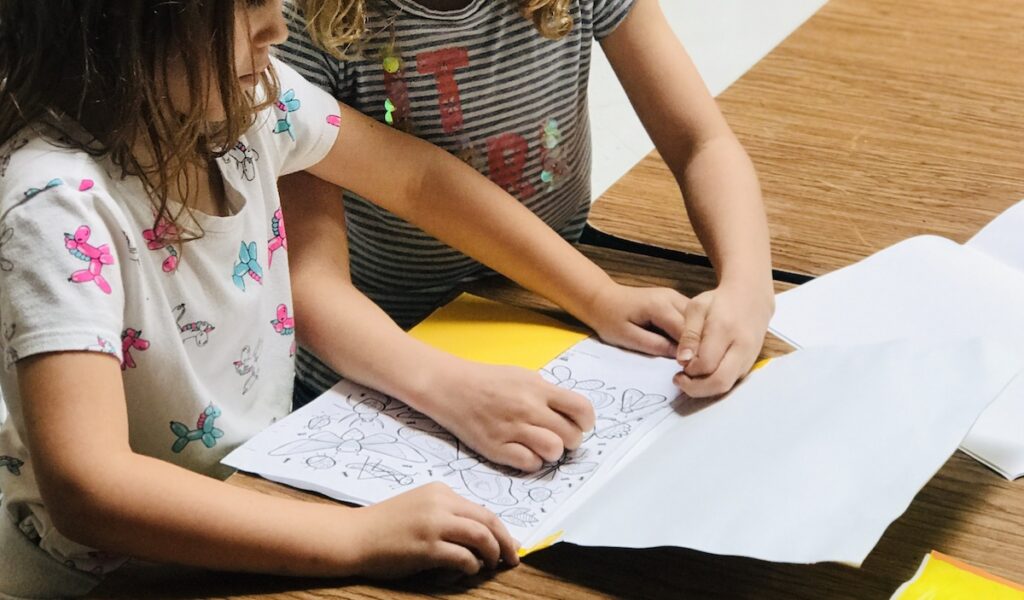
4. Learn to listen.
Teach kids the basics of how to be a great listener. Great listeners have good eye contact, patience, relatable content, positive body language, and they also ask questions. Have you ever tried to talk to someone who was looking at their phone during your conversation? It doesn’t truly feel like they are listening. Teaching your students to practice good listening skills will inevitably strengthen their empathy toward others.
And while you’re at it, take a moment to reflect on how you model your listening. Do you make frequent eye contact when listening to students? Do you smile and lean in to show you care? Are you patient with their words?
Check out this video made by kids about the traits of being a good listener!
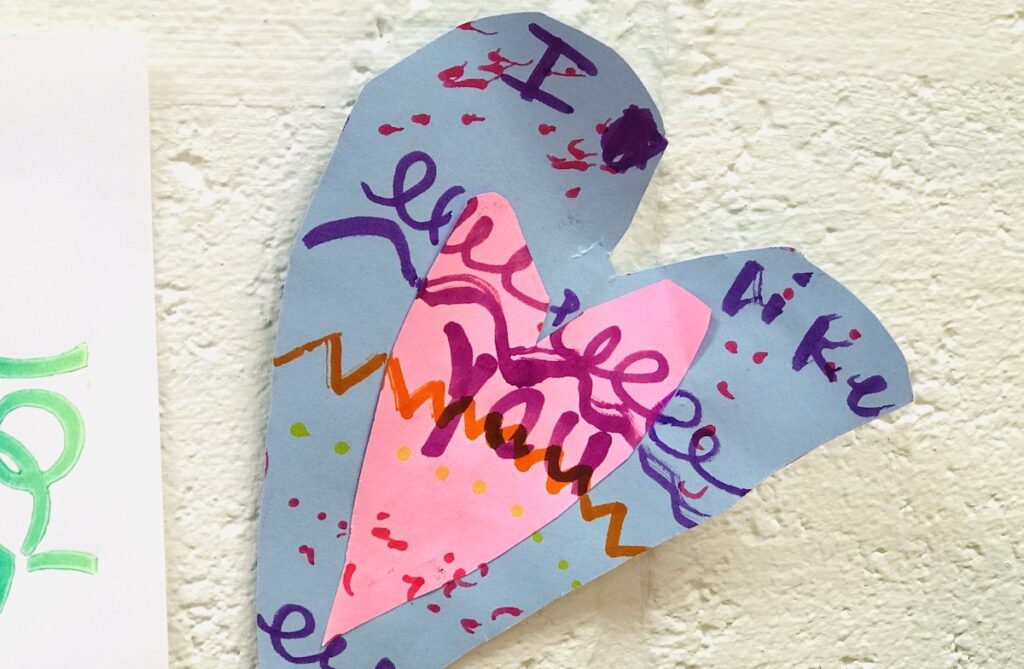
Empathy is a muscle. It takes work to make it strong.
At the end of the day, ask your students, “How did you make someone’s day better today?” Kids need to have a growth mindset and a caring mindset. We need to show kids the world is a kind and caring place.
Do you feel like your students practice empathy in your art room?
What activities can you do to teach your students empathy?
What other character traits do you find important to teach in your art room?
Magazine articles and podcasts are opinions of professional education contributors and do not necessarily represent the position of the Art of Education University (AOEU) or its academic offerings. Contributors use terms in the way they are most often talked about in the scope of their educational experiences.
